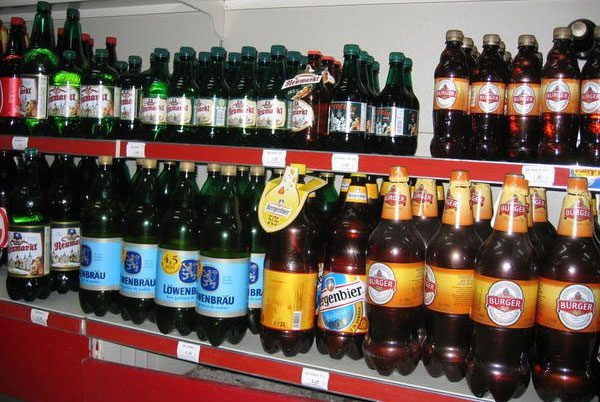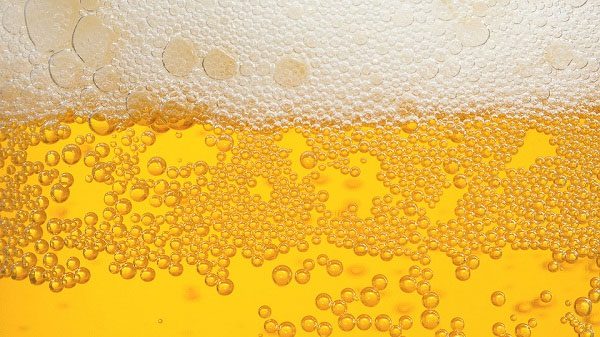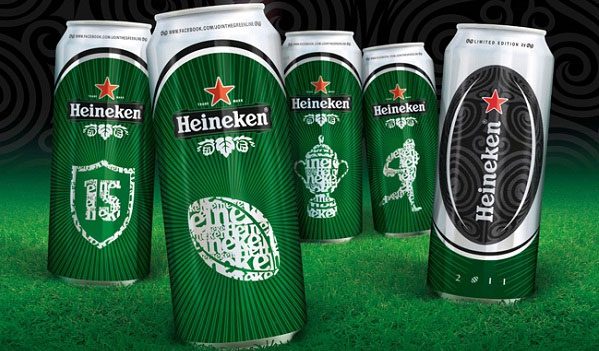Plastic is a material that significantly impacts our lives. It is inexpensive, can be molded into any shape, and most importantly, it is easy to recycle. But why don’t we use plastic bottles for beer? Is it due to aesthetics? Flavor? Or are there other factors at play?
Surprisingly, beer is actually packaged in plastic bottles in some countries, such as the United Kingdom. Here, plastic beer bottles are often seen at festivals and events. For instance, during the London 2012 Olympics, the largest beverage sponsor, Heineken, produced around one million plastic beer bottles specifically for the occasion. Although the company explained that this decision was environmentally motivated, it is clear that the primary purpose was safety. At events where thousands of people from diverse cultures gather, the combination of alcohol and competitive activities can become dangerous when accompanied by shards of glass.

So, why are these plastic beer bottles not widely used? One of the most reasonable answers is that plastic affects the taste of beer. Plastic is a more porous material than glass, which can cause beer to taste “blander” when stored in plastic bottles instead of glass, as the carbonation in the beverage is more likely to dissipate.

Another advantage of glass is that it virtually does not affect the flavor due to its chemically inert nature (it does not react chemically with the contents inside). In contrast, plastic contains many chemicals that can leach into the beer and alter its taste, even affecting the quality of the beverage. For example, the type of plastic commonly used for lightweight alcoholic beverage bottles, Polyethylene Terephthalate (PET), can produce a harmful element called Antimony (Sb) that contaminates the drink. When stored at room temperature or lower, the amount of antimony leaching from these plastic bottles is negligible. However, the concentration of antimony increases with temperature, so if stored in a warehouse for a few months during summer, the level of antimony in the drink could rise to harmful levels, according to the U.S. Environmental Protection Agency.
Considering aluminum, like glass, it is a completely impermeable material, making it ideal for beer storage. However, unlike plastic, the inside of aluminum cans is coated with a special polymer layer that prevents aluminum from leaching into the beverage, making them much safer. Furthermore, unlike the two materials mentioned above, aluminum completely blocks light, helping to preserve the beverage in aluminum cans better than other types of bottles.
In fact, colored glass bottles have been used to store beer because they can block light. However, it is quite challenging to achieve the same with plastic, as the added chemicals to help block light make this material harder to recycle than regular plastics.

Another issue with plastic bottles is that they cannot withstand the sterilization process that most beers undergo. After brewing and bottling, beer typically goes through a hot water spray machine to kill any remaining bacteria from the fermentation process. This process is essential for ensuring food safety and extending the beer’s shelf life. While glass bottles or aluminum cans can easily endure this process, plastic cannot. This means either skipping the sterilization step or opting for a more durable type of plastic, which in turn increases costs.
It is possible that some breweries are still exploring the use of plastic beer bottles while attempting to persuade consumers to change their habits (a nearly impossible task). However, at least in the near future, glass bottles and aluminum cans will continue to dominate the global beer production industry.
Why are beer bottles often green or brown? The color of glass beer bottles is usually green or brown regardless of the brand, and many researchers have found answers to this question. Clear beer bottles exposed to sunlight often cause changes in beer flavor, such as musty or foul smells, because UV rays from sunlight easily penetrate the glass bottle and react with sulfur molecules in the beer, creating unusual and unpleasant flavors akin to spoiled beer. To mitigate this issue, manufacturers have created brown and green beer bottles, as these colors effectively block UV absorption, preventing beer from deteriorating and losing its flavor. Later, the demand for and production costs of brown bottles rose significantly, leading many manufacturers to revert to using dark green bottles. Eventually, green and brown became the standard colors for beer bottles to this day. |
- The largest Loch Ness monster hunt in 50 years is about to take place, using a range of advanced equipment
- China spends $14.8 billion to build a record-high building but is criticized for being “non-existent”
- A series of “then and now” photos from streets around the world, demonstrating the immense influence of time
- A French delicacy consuming 4,000 tons/year affects a country 11,000 kilometers away?




















































